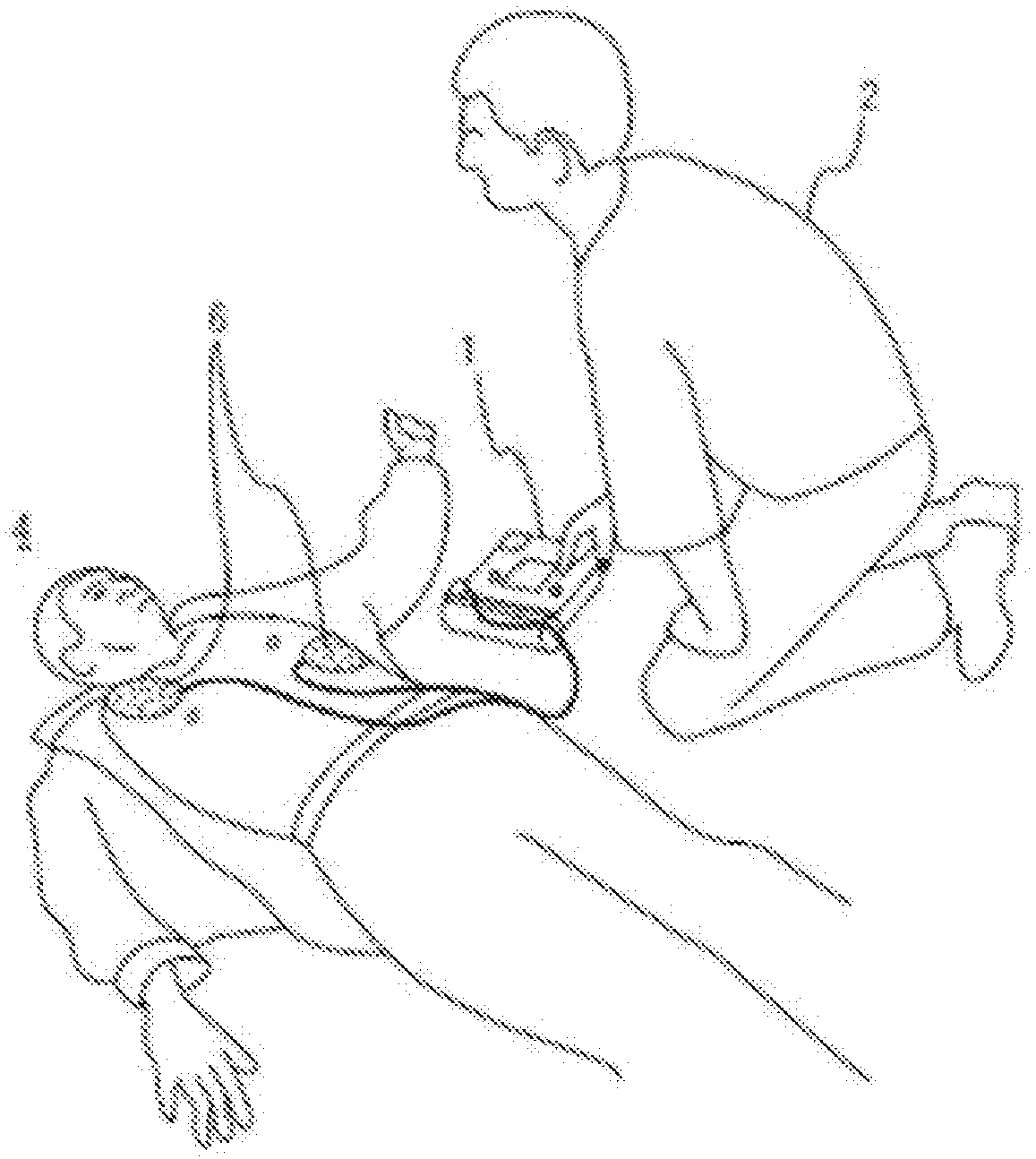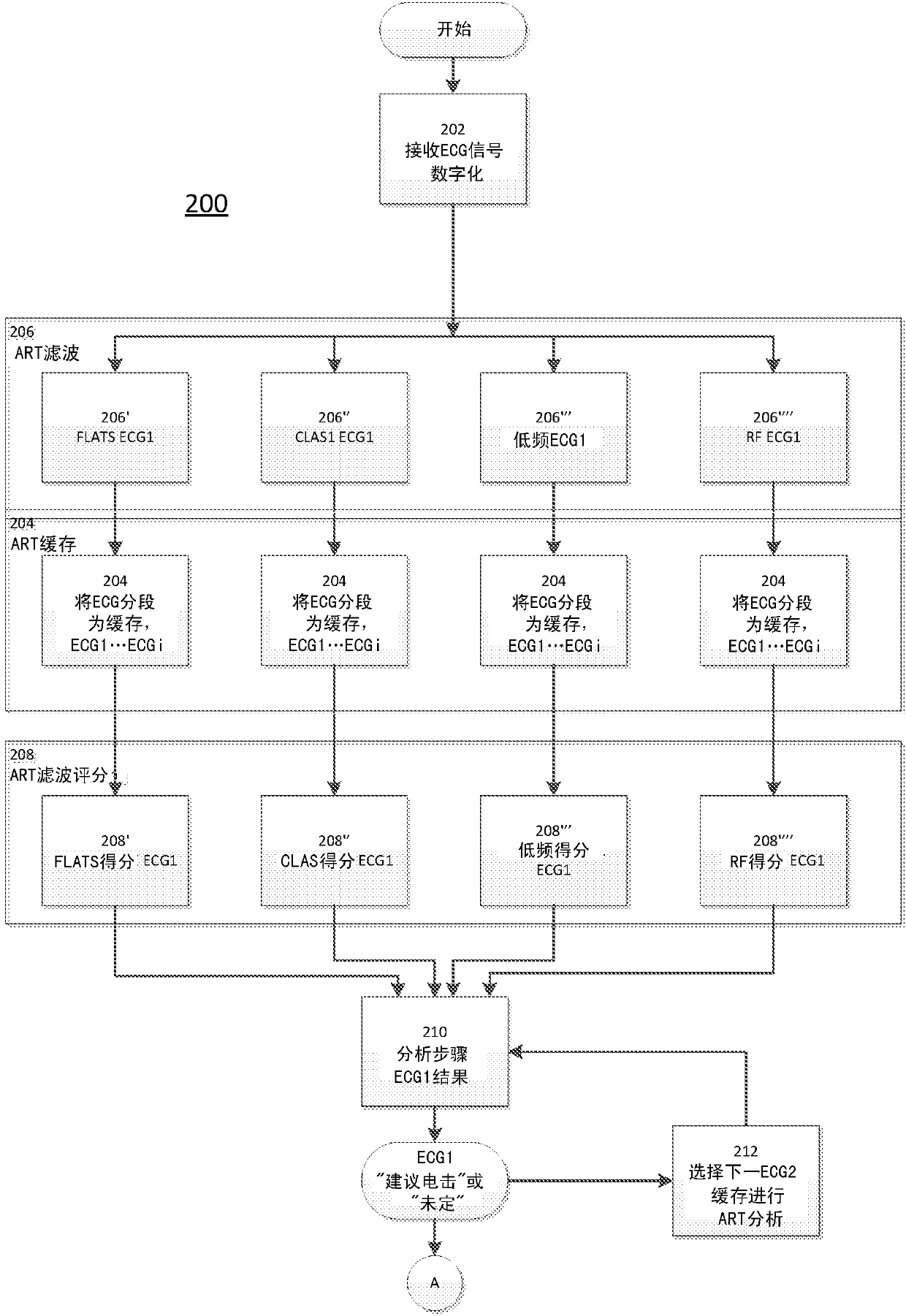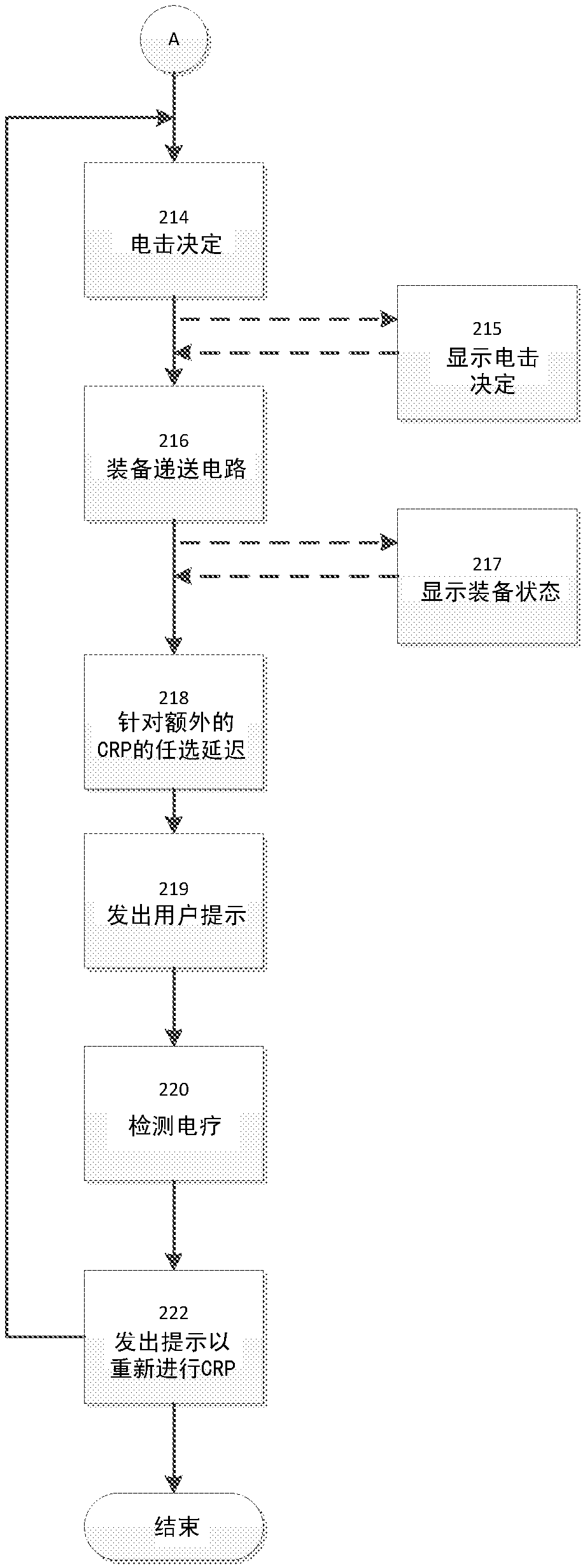Apparatus for reversing a shock decision in an automated external defibrillator
A defibrillator, automatic technology, applied in the direction of cardiac defibrillators, applications, sensors, etc.
- Summary
- Abstract
- Description
- Claims
- Application Information
AI Technical Summary
Problems solved by technology
Method used
Image
Examples
Embodiment Construction
[0042] The shock advice algorithm of the present invention, known as Optimal Arrhythmia Recognition Technology (ART), generally applies the principles of the aforementioned wavelet transform analysis to the ECG signal stream, but replaces the wavelet transform with a series of fixed frequency bandpass filters . The bank of bandpass filters is preferably configured with a frequency bin similar to the Gaussian bin used to generate conventional Morlet wavelets.
[0043] The ART algorithm suppresses noise associated with CPR artifacts by selectively passing relatively high frequency components of potentially corrupting ECG signals. ART is based on the inventor's realization that although CPR and organized heart rhythm can occur at similar repetition rates of about 1 Hz to 2 Hz, typical CPR noise has relatively few high frequency components in its signal, i.e., the The signal tends towards a rounded waveform. Due to the rapid polarization and depolarization of the heart over a si...
PUM
 Login to View More
Login to View More Abstract
Description
Claims
Application Information
 Login to View More
Login to View More - R&D
- Intellectual Property
- Life Sciences
- Materials
- Tech Scout
- Unparalleled Data Quality
- Higher Quality Content
- 60% Fewer Hallucinations
Browse by: Latest US Patents, China's latest patents, Technical Efficacy Thesaurus, Application Domain, Technology Topic, Popular Technical Reports.
© 2025 PatSnap. All rights reserved.Legal|Privacy policy|Modern Slavery Act Transparency Statement|Sitemap|About US| Contact US: help@patsnap.com



